Bank Austria Kunstforum Wien
10 October 2018 – 20 January 2019
The autumn exhibition of the Bank Austria Kunstforum Wien 2018 is devoted to “Japomanie” – the passion of the West for the aesthetics and world of images of the Far East. It traces how the fascination for the exotic and the new developed, from its beginnings in the 1860s until long after the turn of the century, and includes both its amalgamation into the vocabulary of forms of Western painting as well as the influence of its aesthetics on the development of Modernism around 1900.
As early as the 1860s the elegant and exotic aesthetics of everyday objects, the exquisite textiles and most of all the vividly imaginative and impassioned narrative qualities of the ukiyo-e – the refulgent, colourful woodcuts – conquered the European market and fulfilled the public’s yearnings for an unknown culture and a new kind of aesthetic.
Artists were at the forefront in collecting and integrating the strange vocabulary of forms, the astounding themes and motifs into their idiom. Monet, Manet, Van Gogh and Degas were the first, followed by the younger guard - Toulouse-Lautrec, Bonnard, Vuillard and Vallotton, Franz Marc and Wassily Kandinsky, to name only the most illustrious.
Starting out from Paris, Japomanie conquered the whole of Europe – in Austria, too, the Vienna World Exhibition in 1873 triggered a regular hype around the aesthetics of the Far East, also inspiring Gustav Klimt and Egon Schiele. Subsequently the ideas from the Far East generated an autonomous interpretation and transposition into a new language of forms, paving the way towards the upcoming Modernism of the twentieth century – an idiom in which the trends towards abstraction and emancipation from the conventional picture space developed further as autonomous movements.
The exhibition is showing paintings and printed graphics, also objects and furniture. European works influenced by the aesthetics of the Far East by Claude Monet, Edgar Degas, Gustav Klimt and Henri de Toulouse-Lautrec, the Nabis and the Blauer Reiter (The Blue Rider) will be juxtaposed to Japanese woodcuts, screens and objects. Around a hundred exhibits from international public and private collections present a wide-ranging overview of the phenomenon of “Japonisme”, which spread throughout Europe from the late nineteenth century to the dawn of the avant-garde.
![Image result]()
![Image result]()
Paul Gauguin Fête Gloanec, 1888 Öl auf Holz, 49 x 65 cm Musée des Beaux-arts, Orléans © Foto: François Lauginie
![Image result]()
Gustav Klimt Nixen – Silberfische, um 1902/03 Öl auf Leinwand, 82 x 52 cm Bank Austria Kunstsammlung, Wien
![Image result]()
Wassily Kandinsky Abenddämmerung, 1904 Holzschnitt, 15,7 x 31,5 cm Centre Pompidou, Paris, Musée national d’art moderne – Centre de création industrielle © Centre Pompidou, MNAM-CCI, Dist. RMN-Grand Palais, Paris/image Centre Pompidou, MNAM-CCI
![Image result]()
Franz Marc Die weiße Katze, 1912 Öl auf Karton, 48,8 x 60 cm Kunstmuseum Moritzburg Halle (Saale), Kulturstiftung Sachsen-Anhalt © Foto: Punctum/Bertram Kober
![Image result]()
Kasushika Hokusai 100 Erzählungen: Frau Oiwa, um 1830 Farbholzschnitt, 24,6 x 18,5 cm MAK – Österreichisches Museum für angewandte Kunst/Gegenwartskunst, Wien © MAK/Georg Mayer
![Image result]()
Edgar Degas Der Tanzunterricht, um 1873 Öl auf Leinwand, 47,6 x 62,2 cm National Gallery of Art, Washington, Corcoran Collection (William A. Clark Collection)
10 October 2018 – 20 January 2019
The autumn exhibition of the Bank Austria Kunstforum Wien 2018 is devoted to “Japomanie” – the passion of the West for the aesthetics and world of images of the Far East. It traces how the fascination for the exotic and the new developed, from its beginnings in the 1860s until long after the turn of the century, and includes both its amalgamation into the vocabulary of forms of Western painting as well as the influence of its aesthetics on the development of Modernism around 1900.
As early as the 1860s the elegant and exotic aesthetics of everyday objects, the exquisite textiles and most of all the vividly imaginative and impassioned narrative qualities of the ukiyo-e – the refulgent, colourful woodcuts – conquered the European market and fulfilled the public’s yearnings for an unknown culture and a new kind of aesthetic.
Artists were at the forefront in collecting and integrating the strange vocabulary of forms, the astounding themes and motifs into their idiom. Monet, Manet, Van Gogh and Degas were the first, followed by the younger guard - Toulouse-Lautrec, Bonnard, Vuillard and Vallotton, Franz Marc and Wassily Kandinsky, to name only the most illustrious.
Starting out from Paris, Japomanie conquered the whole of Europe – in Austria, too, the Vienna World Exhibition in 1873 triggered a regular hype around the aesthetics of the Far East, also inspiring Gustav Klimt and Egon Schiele. Subsequently the ideas from the Far East generated an autonomous interpretation and transposition into a new language of forms, paving the way towards the upcoming Modernism of the twentieth century – an idiom in which the trends towards abstraction and emancipation from the conventional picture space developed further as autonomous movements.
The exhibition is showing paintings and printed graphics, also objects and furniture. European works influenced by the aesthetics of the Far East by Claude Monet, Edgar Degas, Gustav Klimt and Henri de Toulouse-Lautrec, the Nabis and the Blauer Reiter (The Blue Rider) will be juxtaposed to Japanese woodcuts, screens and objects. Around a hundred exhibits from international public and private collections present a wide-ranging overview of the phenomenon of “Japonisme”, which spread throughout Europe from the late nineteenth century to the dawn of the avant-garde.
 | |||
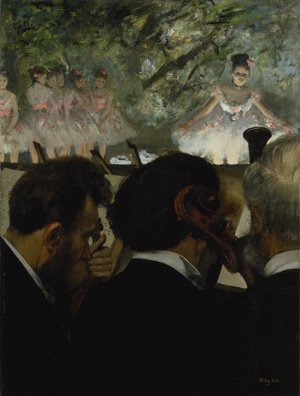 |
| ||
 | |||
 |
| ||
 | |||
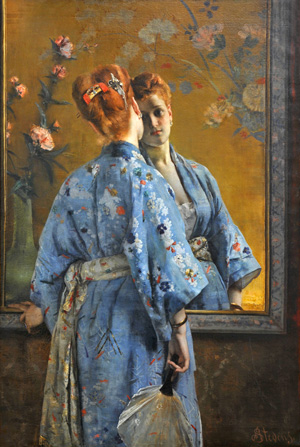 |
| ||
 | |||
 | |||
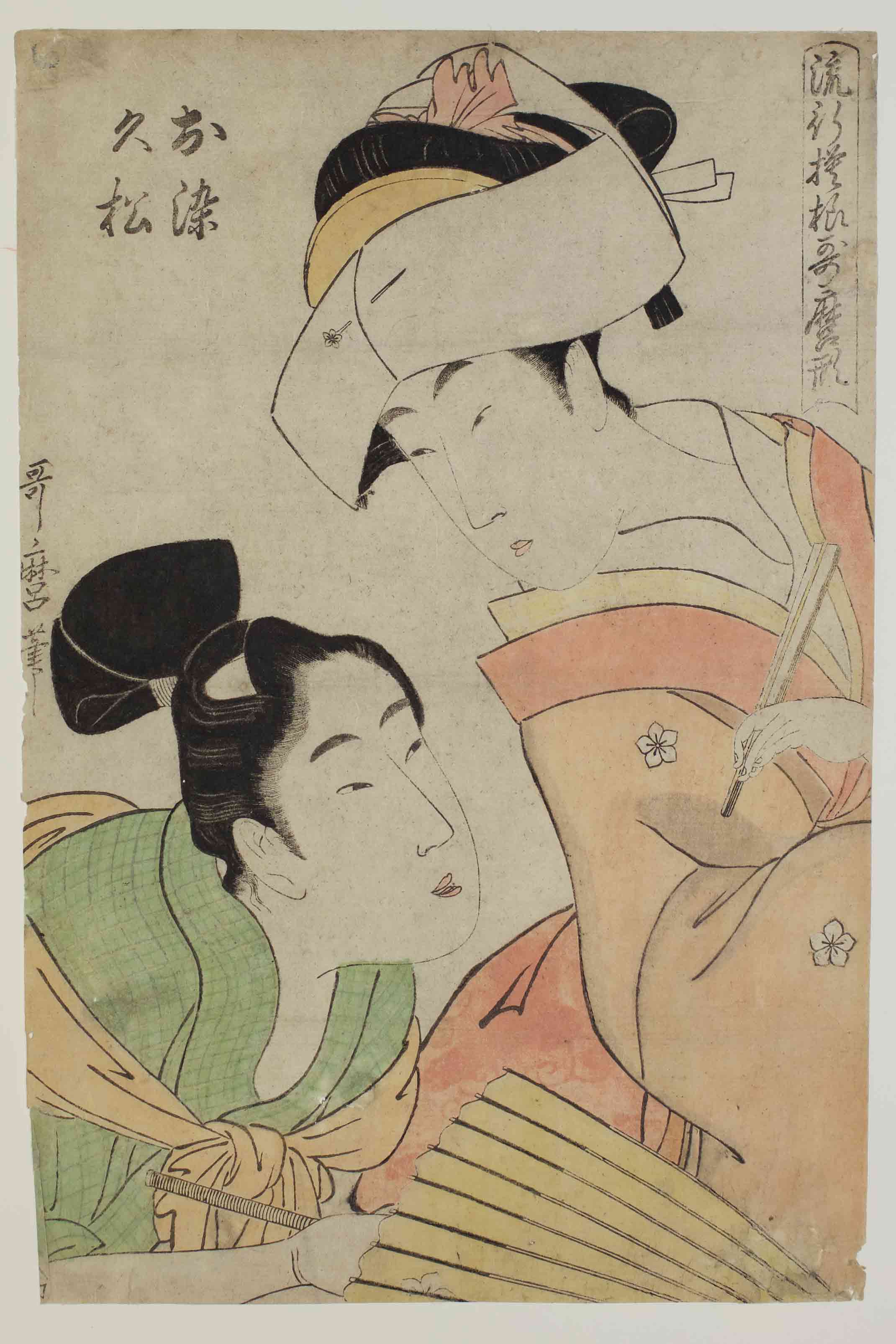 |
| ||
 | |||
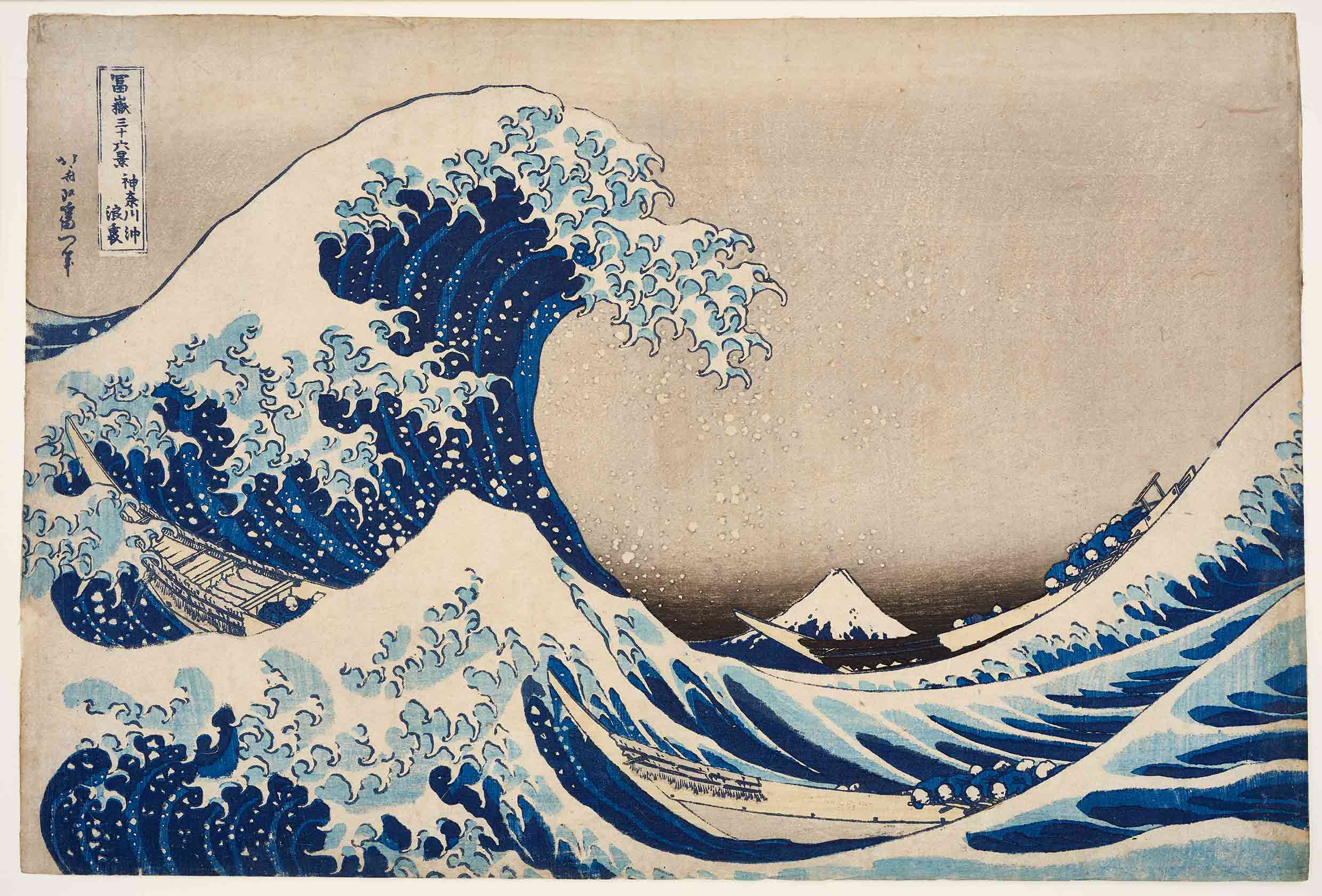 |
| ||

Vincent van Gogh Schmetterlinge und Mohnblumen, 1889 Öl auf Leinwand, 35 x 25,5 cm Van Gogh Museum, Amsterdam (Vincent van Gogh Foundation)

Paul Gauguin Fête Gloanec, 1888 Öl auf Holz, 49 x 65 cm Musée des Beaux-arts, Orléans © Foto: François Lauginie

Gustav Klimt Nixen – Silberfische, um 1902/03 Öl auf Leinwand, 82 x 52 cm Bank Austria Kunstsammlung, Wien
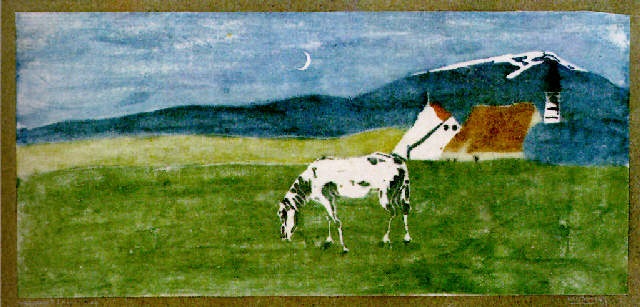
Wassily Kandinsky Abenddämmerung, 1904 Holzschnitt, 15,7 x 31,5 cm Centre Pompidou, Paris, Musée national d’art moderne – Centre de création industrielle © Centre Pompidou, MNAM-CCI, Dist. RMN-Grand Palais, Paris/image Centre Pompidou, MNAM-CCI

Franz Marc Die weiße Katze, 1912 Öl auf Karton, 48,8 x 60 cm Kunstmuseum Moritzburg Halle (Saale), Kulturstiftung Sachsen-Anhalt © Foto: Punctum/Bertram Kober

Kasushika Hokusai 100 Erzählungen: Frau Oiwa, um 1830 Farbholzschnitt, 24,6 x 18,5 cm MAK – Österreichisches Museum für angewandte Kunst/Gegenwartskunst, Wien © MAK/Georg Mayer

Edgar Degas Der Tanzunterricht, um 1873 Öl auf Leinwand, 47,6 x 62,2 cm National Gallery of Art, Washington, Corcoran Collection (William A. Clark Collection)
 Emil Orlik Japanese Girl under the Willow Tree, 1901 |
Color Woodblock on Japanese Paper 18,5 x 35,9 cm Dr. Eugen Otto Collection, Vienna |